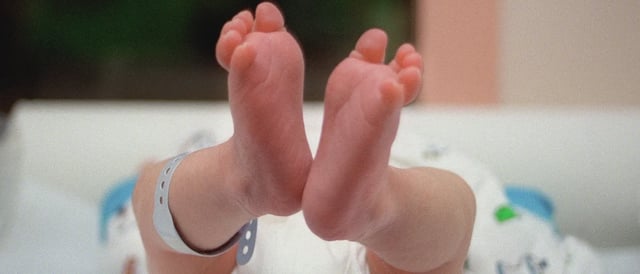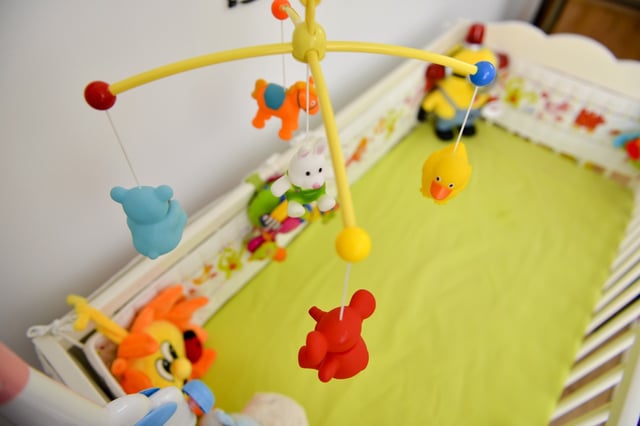Overview
- CDC figures show the U.S. fertility rate fell from 1.621 in 2023 to a record low of 1.599 children per woman in 2024.
- Total births in the U.S. rose by about 1%, adding roughly 33,000 babies and bringing the annual total to just over 3.6 million.
- Age-specific trends reveal declines for women ages 15–34, no change for those 35–39 and a rise for women 40–44.
- A June UNFPA report finds that soaring living costs, persistent gender inequality and future uncertainty are driving a faster-than-expected global fertility decline.
- Policymakers have expanded IVF access and floated baby bonuses, but experts say lasting change requires broader support on housing, childcare and gender equity.



